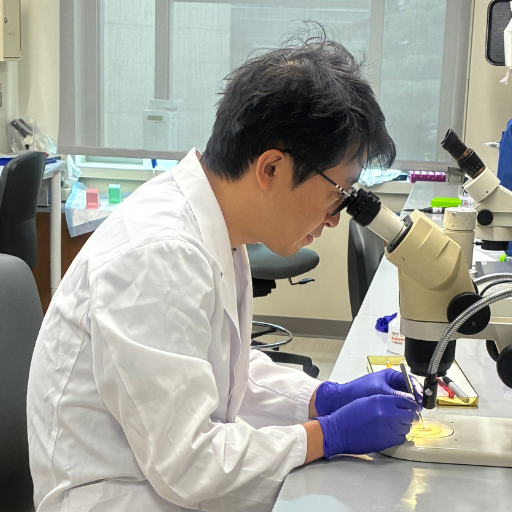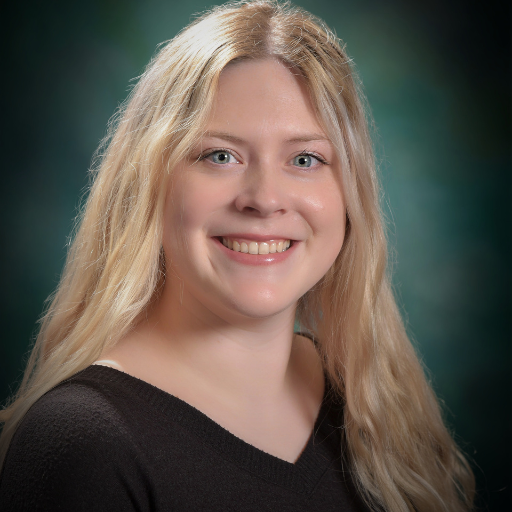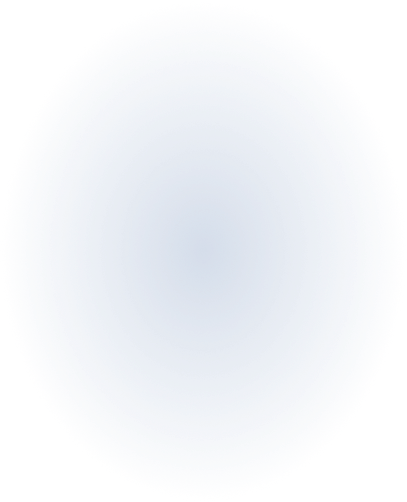Novel Antiangiogenic Compounds for Treatment of Choroidal Neovascularization

About the Research Project
Program
Award Type
Standard
Award Amount
$160,000
Active Dates
July 01, 2015 - June 30, 2017
Grant ID
M2015301
Goals
Abnormal blood vessel growth in the eye causes “wet” age-related macular degeneration, a major cause of blindness. Since many patients do not respond to existing therapies, new drugs are needed to block this blood vessel growth. Starting with a new chemical that we developed that blocks blood vessel growth, we will design and produce related chemicals that are even more potent and selective for blood vessel cells over other cell types. We will then determine the best dosage regimen for two of these compounds to maximize their levels and effects in the eye, en route to developing a new therapy for AMD.
Summary
The overarching goal of our work is to develop a promising new therapy for “wet” age-related macular degeneration (AMD). Building on a new chemical we developed that blocks blood vessel growth, we are designing and producing related chemicals that are even more potent and also selective for blood vessel cells over other cell types. We are testing these chemicals in cells to demonstrate effectiveness and selectivity for stopping the growth of blood vessel cells without killing cells outright. We can then test top candidate chemicals in a model of choroidal neovascularization, the type of abnormal blood vessel growth seen in wet AMD. Next, we will determine the best dosage regimen for two of these compounds to maximize their levels in the eye. We will follow these experiments by confirming that this dosage has a maximal effect.
We are excited about this work, as our “lead” chemical is new and very promising as a potential drug candidate for AMD treatment. The chemical appears to act in an unexpected way, and could therefore potentially be combined with drugs that work by other mechanisms to increase therapeutic benefit. We hope our experiments will serve to make our chemical even more powerful and safe and nearly ready for human trials. Our work will benefit the research field by establishing that our chemical has potential as a treatment for wet AMD. This will help spur others to work on similar chemicals with similar mechanisms. Our work will then benefit the wider community by validating our approach as a new way to treat this blinding eye disease. This may then lead to effective and safe new drugs.
Related Grants
Macular Degeneration Research
Microglia’s Roles in AMD to Inform Therapies for Vision Loss Prevention
Active Dates
July 01, 2025 - June 30, 2027

Principal Investigator
Nobuhiko Shiraki, PhD
Current Organization
Duke University School of Medicine
Macular Degeneration Research
Shaping of Neuronal Connections by Resident Immune Cells
Active Dates
July 01, 2025 - June 30, 2027

Principal Investigator
Ashley Farre, PhD
Current Organization
University of Idaho
Macular Degeneration Research
A Blood Test to Measure Genes Associated with Macular Degeneration
Active Dates
July 01, 2025 - June 30, 2028

Principal Investigator
Jerzy Szablowski, PhD
Current Organization
William Marsh Rice University



